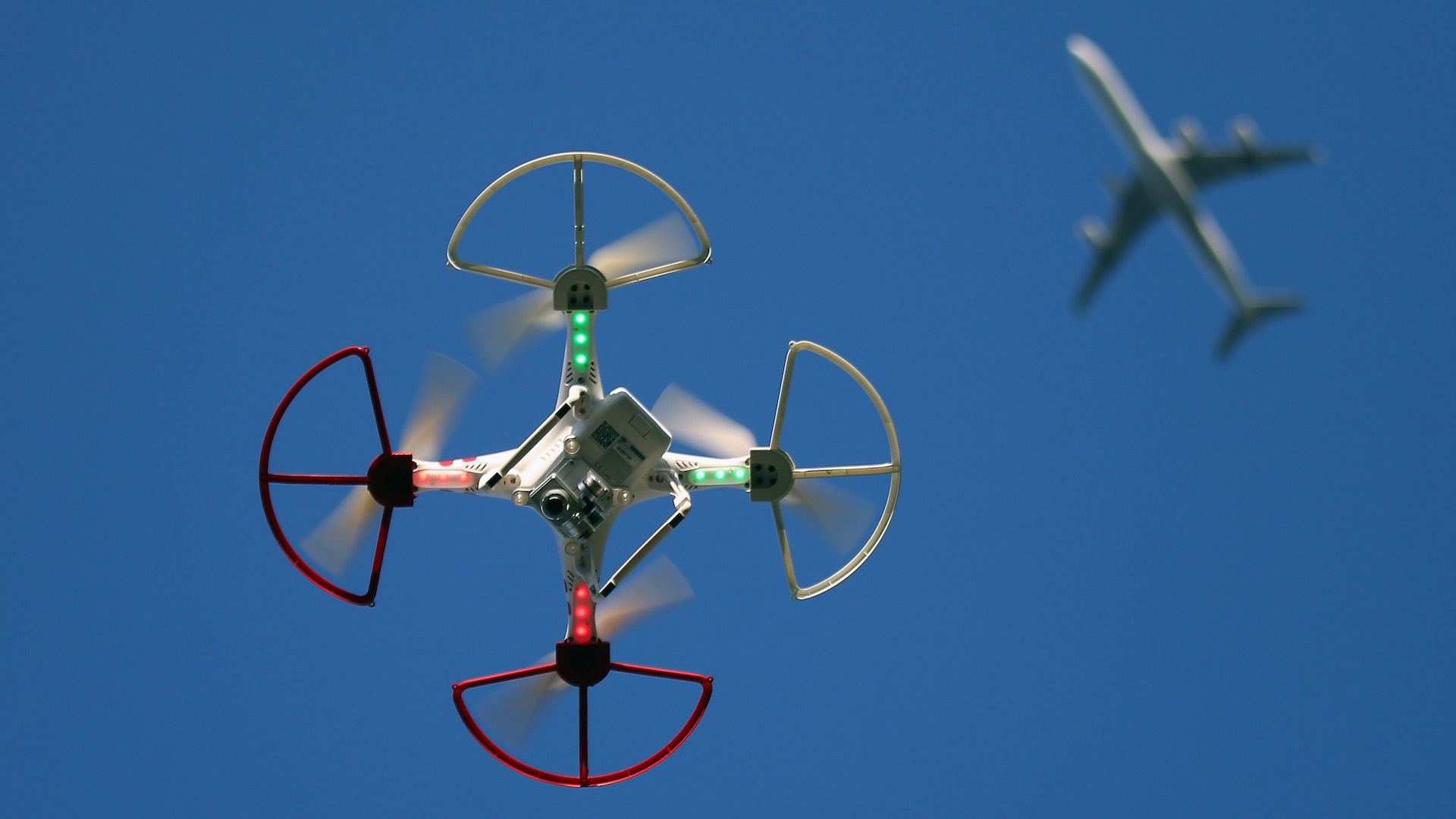

With hundreds of thousands of privately-owned drones zipping around the world’s airways, it’s only a matter of time before a UAV collides with an airplane in flight and causes serious problems. So to figure how bad something like this would actually be, the British government is taking drones, and well, flying them into airplanes.
The tests are being paid for by the United Kingdom’s Department for Transport, and will be performed by UK-based defense and aerospace technology company Quinetiq. The British Civil Aviation Authority, the agency that regulates drone usage, said the tests will primarily be used to show how drones could damage an airplane’s fuselage, The Verge reports. The trials will reportedly be performed on the ground and with military airplanes instead of commercial jets.
British officials have allocated more than $307, 500 for the tests, the Daily Mail reports. A complete report with the contractor’s findings will be released by the end of 2016.
“The testing of potential collision impacts between a drone and a fixed wing aircraft is currently being carried out on behalf of the UK Ministry of Defense,” a CAA spokesperson said to The Verge. “The findings of this research is expected to be published when completed.”
Currently, it is unclear when or where the tests will be performed, or specifically what type of equipment will be tested. As for location, Qinetiq has a facility with 5,000 square miles of space in Snowdonia, Wales, which sounds like it could do the trick.
As of now, there have been three confirmed crashes drone-airplane crashes in Europe—all of which occurred with small airplanes and resulted in little damage.
In 2015, America’s Federal Aviation Authority released a report that showed there were 678 times when pilots saw drones in the sky, some of those being rather close calls—though these numbers were later found to be slightly stretched. As The Verge notes, the Academy of Model Aeronautics reported that only 3.5 percent of the pilot drone spots were close shaves. Also, some of those “drone” sightings were actually originally reported to be a “mini blimp,” “a large vulture,” and “a UFO.”
In a report released earlier in October, the European Aviation Safety Agency said that with drones under 3.3 pounds—which most toy and hobby drones fall under—aircraft damage would likely be relatively slim and fatalities unlikely. Still, it’s better to be sure than sorry—so we’re glad the Brits are testing this out firsthand.